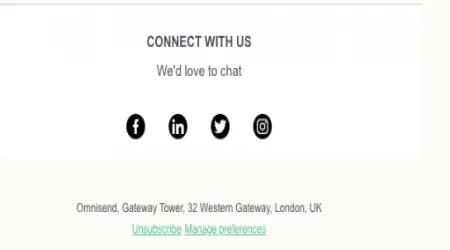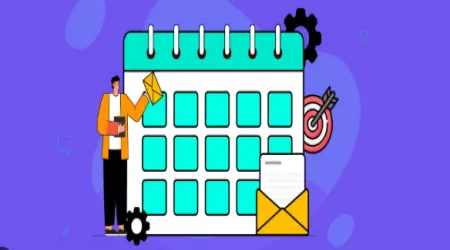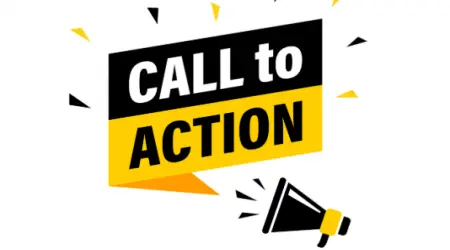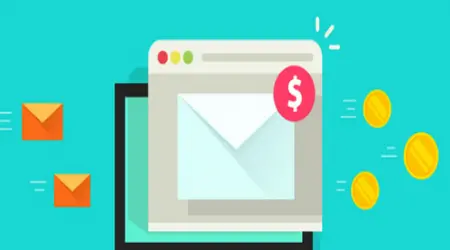
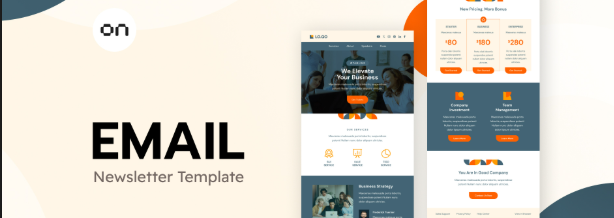
How to Design Emails That Get Clicks
How to Design Emails That Get Clicks
An email that gets opened is good.
An email that gets clicked? That’s where the magic happens.
Click-through rate (CTR) is one of the most important metrics in email marketing. It shows how many people took action—not just read your message, but engaged with it.
So how do you design emails that naturally drive clicks?
In this article, you’ll learn:
The anatomy of a clickable email
How to structure your content visually
What makes buttons irresistible
Design mistakes to avoid
Let’s dive in.
1. The Goal: Make It Easy (and Tempting) to Click
Great design does two things:
Guides the reader’s eye
Removes all friction between curiosity and action
Design isn't about flashy visuals. It’s about clarity, focus, and flow.
When your email is clear, visually appealing, and strategically structured, readers are far more likely to click through.
2. Design with One Primary Goal in Mind
Every email should have one primary call to action (CTA).
Before writing or designing, ask:
What is the one action I want the reader to take?
Is it to read a blog post? Register? Buy something? Share?
Avoid cluttered emails with multiple, conflicting CTAs. It dilutes attention and reduces click rates.
Use this rule:
One email = One main CTA
You can still include secondary links (e.g., to your homepage or socials), but visually highlight the main one.
3. Structure: The Inverted Pyramid Model
The inverted pyramid is a proven structure that pulls readers down into action.
Top: Grab attention (headline or image)
Middle: Build interest (short copy, benefits)
Bottom: Clear CTA button
This format works because:
It respects short attention spans
It visually guides the eye
It simplifies scanning and decision-making
4. Use Visual Hierarchy
Visual hierarchy helps readers instantly understand what's most important.
Key elements:
Headlines: Bold, short, and benefit-driven
Subheadings: Use sparingly to support flow
Bullet points: Great for quick takeaways
Whitespace: Don’t overcrowd—let each section breathe
Fonts: Use no more than 2 typefaces. Make sure it’s legible on mobile and dark mode
Your CTA should be the most visually distinct part of the email.
5. Make Your Call to Action Buttons Pop
Your CTA button is where the click happens. Design it to stand out.
Button best practices:
Use contrasting colors (but on-brand)
Make it large enough to tap on mobile
Keep the text action-oriented:
Examples:“Download Now”
“Get the Guide”
“Reserve My Spot”
“Read More”
Avoid vague labels like “Click Here.”
Use just one main button per email to keep focus.
6. Choose the Right Layout Style
You can use:
Single-column layout: Great for clarity, mobile-first, ideal for most email campaigns
Z-pattern layout: For more complex storytelling
Modular layout: Breaks content into easy sections (great for newsletters)
Avoid:
Overly complex grids
Full-width text blocks
Side-by-side CTAs on mobile
Consistency in layout builds brand familiarity over time.
7. Optimize for Mobile (Always)
Most people read emails on their phones.
Make sure your design:
Uses responsive templates
Has tappable buttons (at least 44px tall)
Loads quickly with lightweight images
Stays readable without zooming or pinching
Test every email on mobile before sending.
Pro tip: Avoid stacking too many columns or horizontal menus—they often break on phones.
8. Use Engaging Images Wisely
Images can enhance or hurt engagement. Use them to:
Support your message (not replace it)
Add emotion or visual cues
Show products, faces, or illustrations
Best practices:
Always include alt text for accessibility
Keep file sizes small to ensure fast loading
Don’t rely on images alone—many inboxes block them by default
Ensure emails look okay with images turned off
Avoid:
Stock photo overload
Distracting or irrelevant visuals
9. Keep Your Copy Short and Skimmable
Design and copy work hand-in-hand. Even great design can't save a wall of text.
Tips:
Use short sentences and paragraphs
Break up content with headers
Use bullets or numbered lists
Bold important phrases sparingly
Emphasize benefits over features
Think in layers:
Subject line = hook
Headline = curiosity or benefit
Body = brief context
CTA = clear next step
10. Brand Consistency Matters
Your emails should feel like an extension of your brand.
Maintain consistency in:
Color scheme
Typography
Voice and tone
Logo placement
Footer design
This builds recognition and trust, and helps subscribers instantly know it’s you.
Bonus: use branded templates to save time and create visual consistency.
11. Use White Space Generously
White space (or negative space) is your design's best friend.
It:
Helps guide attention
Makes emails easier to read
Improves visual flow
Crowded emails feel overwhelming. Simpler layouts—with plenty of breathing room—outperform “busier” designs almost every time.
12. Test, Tweak, and Track
Even good design can improve with testing.
What to test:
Button color
Button position (top, middle, bottom)
CTA text
Image vs. no image
Short copy vs. long
Font size
Use A/B testing in your email platform and track click-through rates, heatmaps (if available), and device performance.
Let data—not design trends—guide your optimization.
13. Common Design Mistakes to Avoid
❌ Using too many colors or fonts
❌ Cluttered layouts or long emails with no clear CTA
❌ All-image emails (hurts deliverability and accessibility)
❌ Ignoring mobile testing
❌ Burying the CTA at the bottom of a massive email
❌ Adding social links above the CTA (creates distractions)
Keep your design focused, frictionless, and friendly.
Final Thoughts: Design That Clicks
A well-designed email isn’t just beautiful—it’s effective.
It draws the reader in, focuses attention, and makes it effortless to take the next step.
Your goal isn’t to impress people with how clever or fancy your layout is.
It’s to guide them to the click—with clarity, intention, and relevance.
When your design supports your message—and your message supports the reader—you won’t just get opens. You’ll get action.

